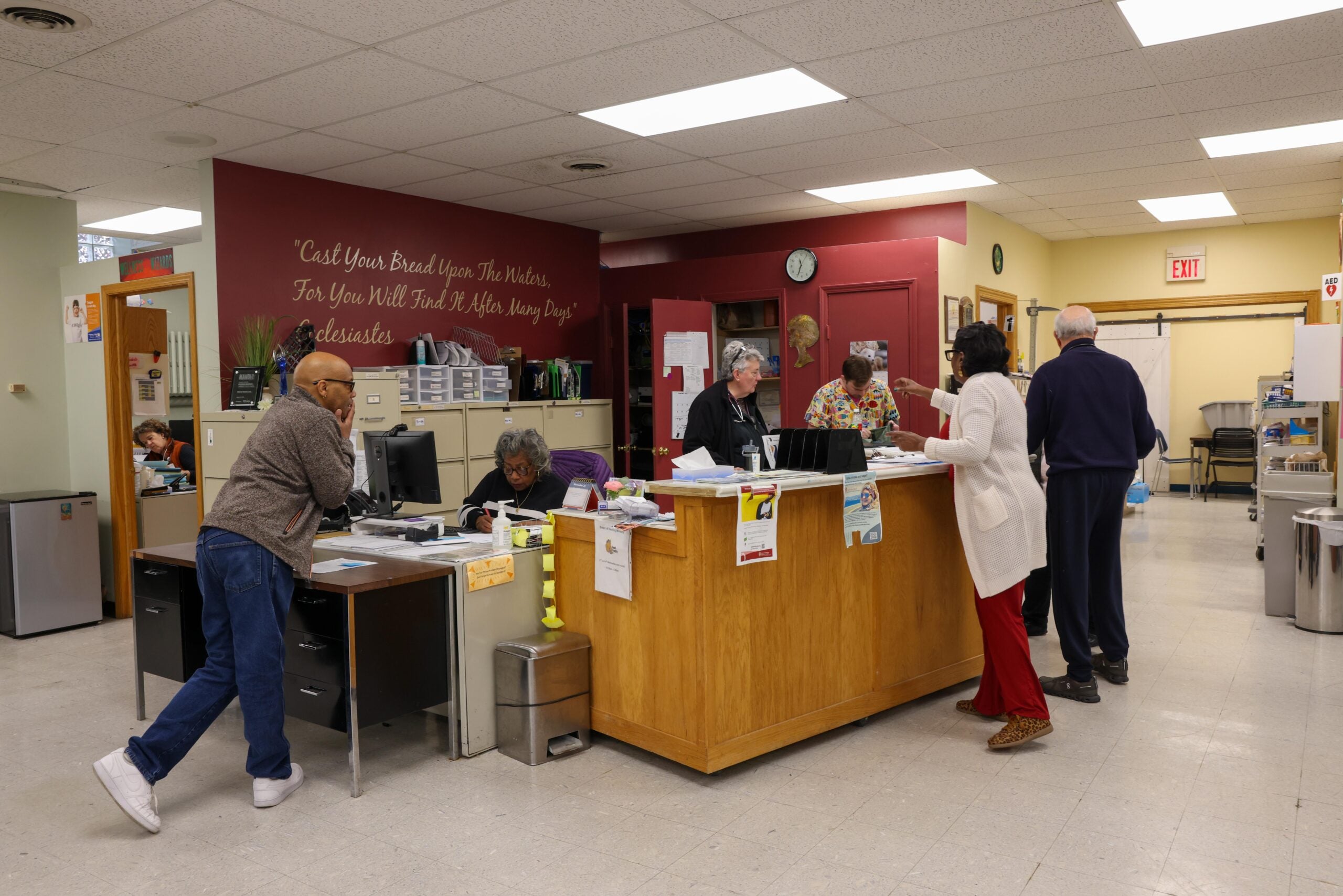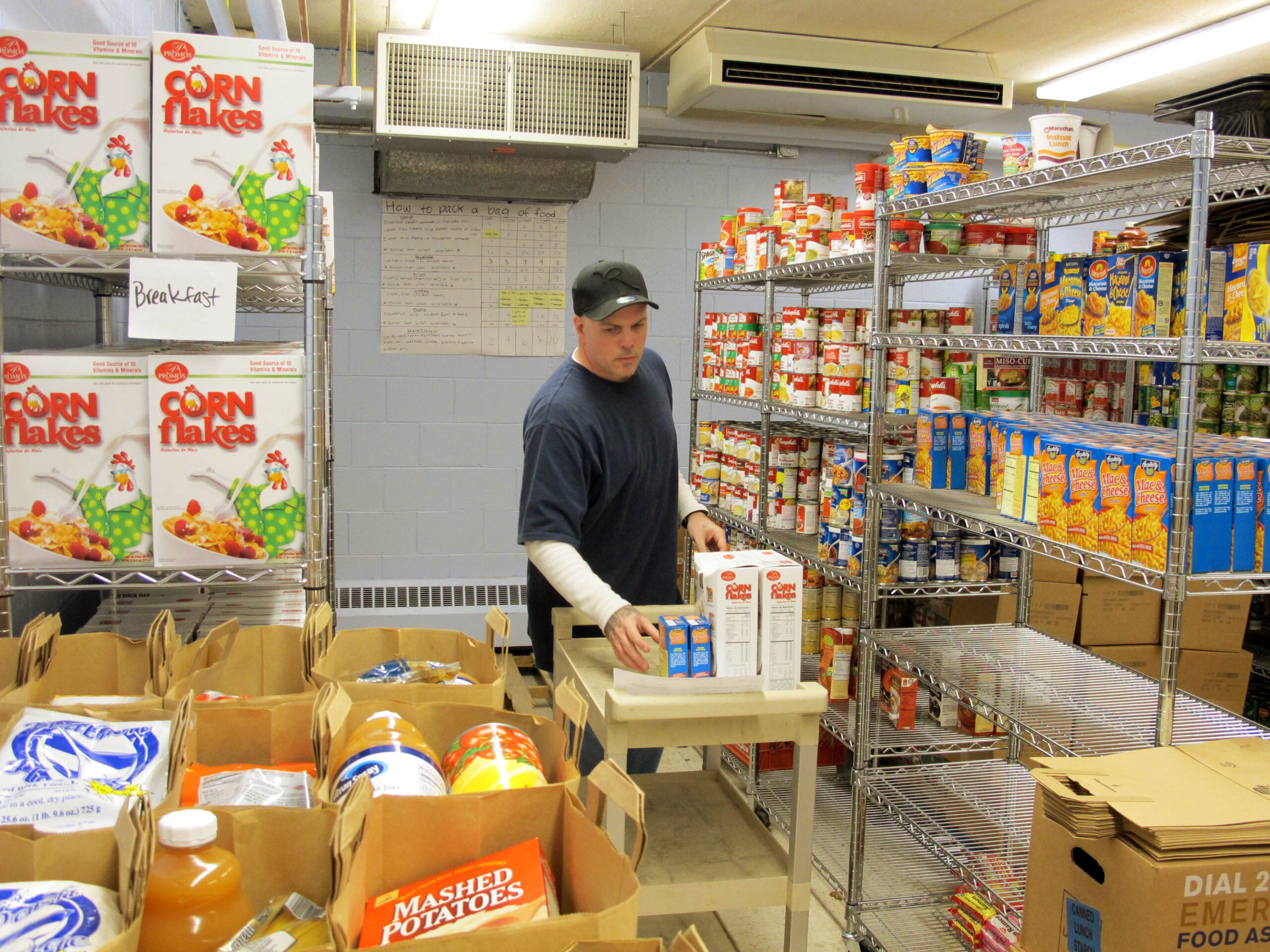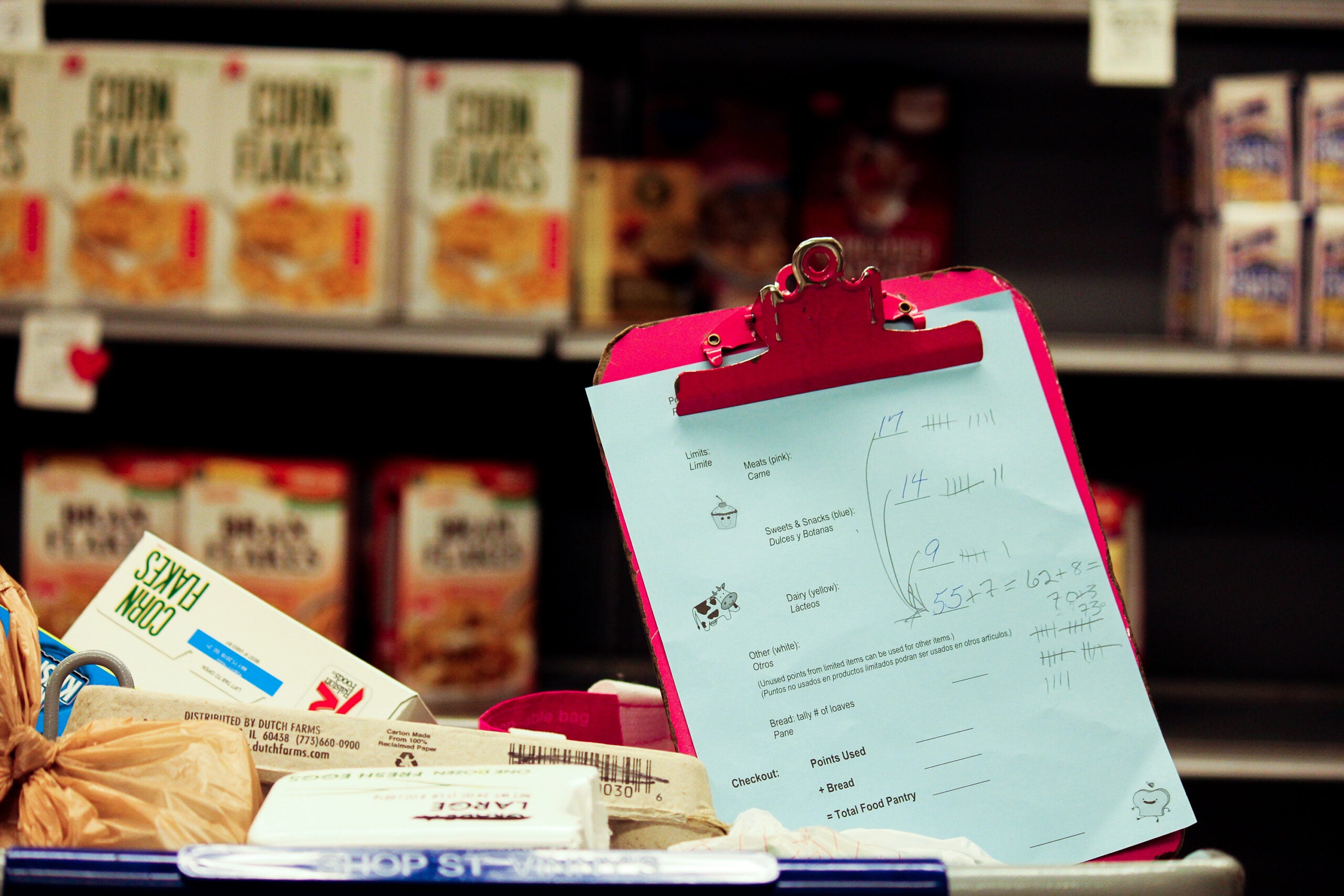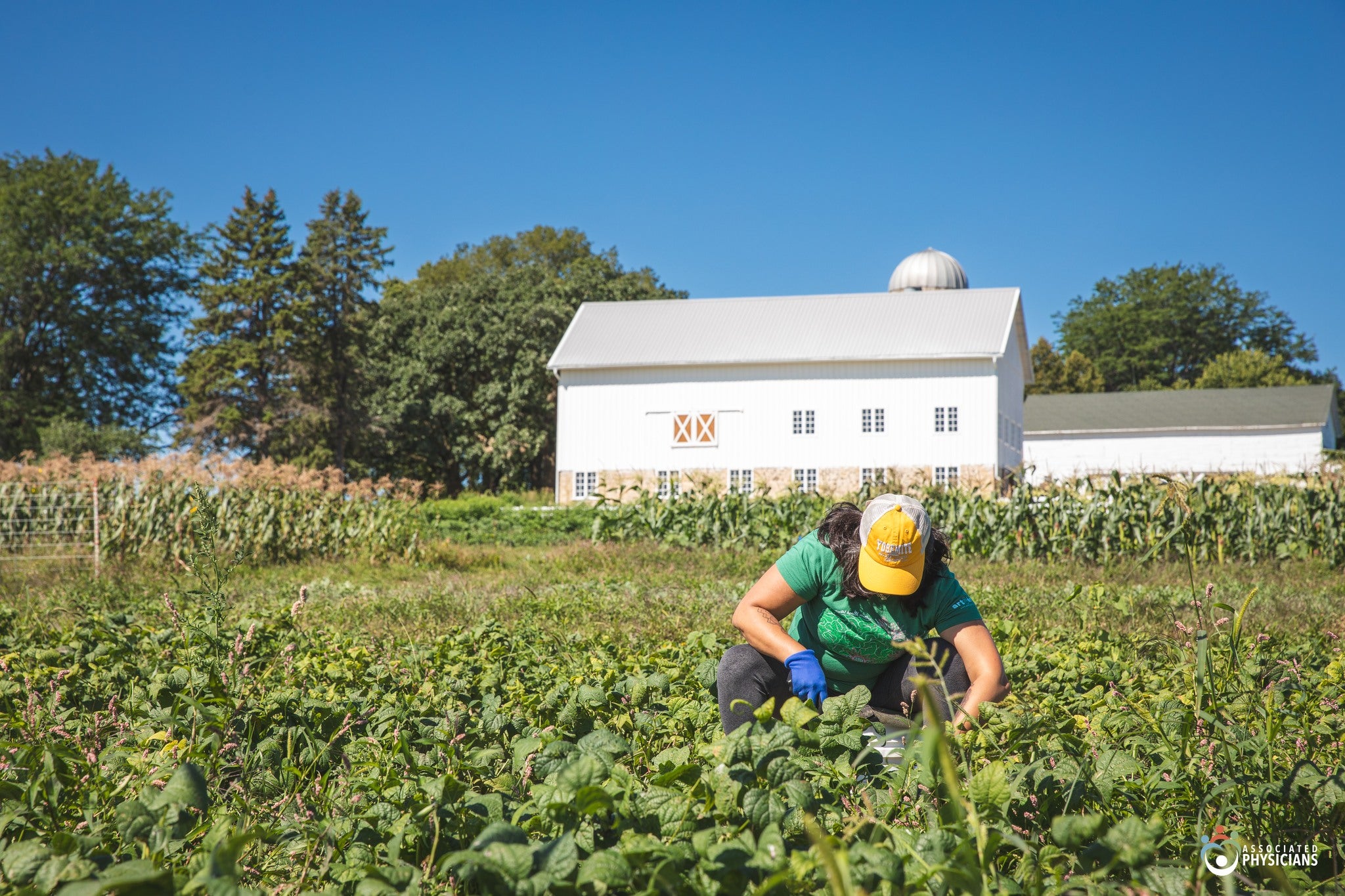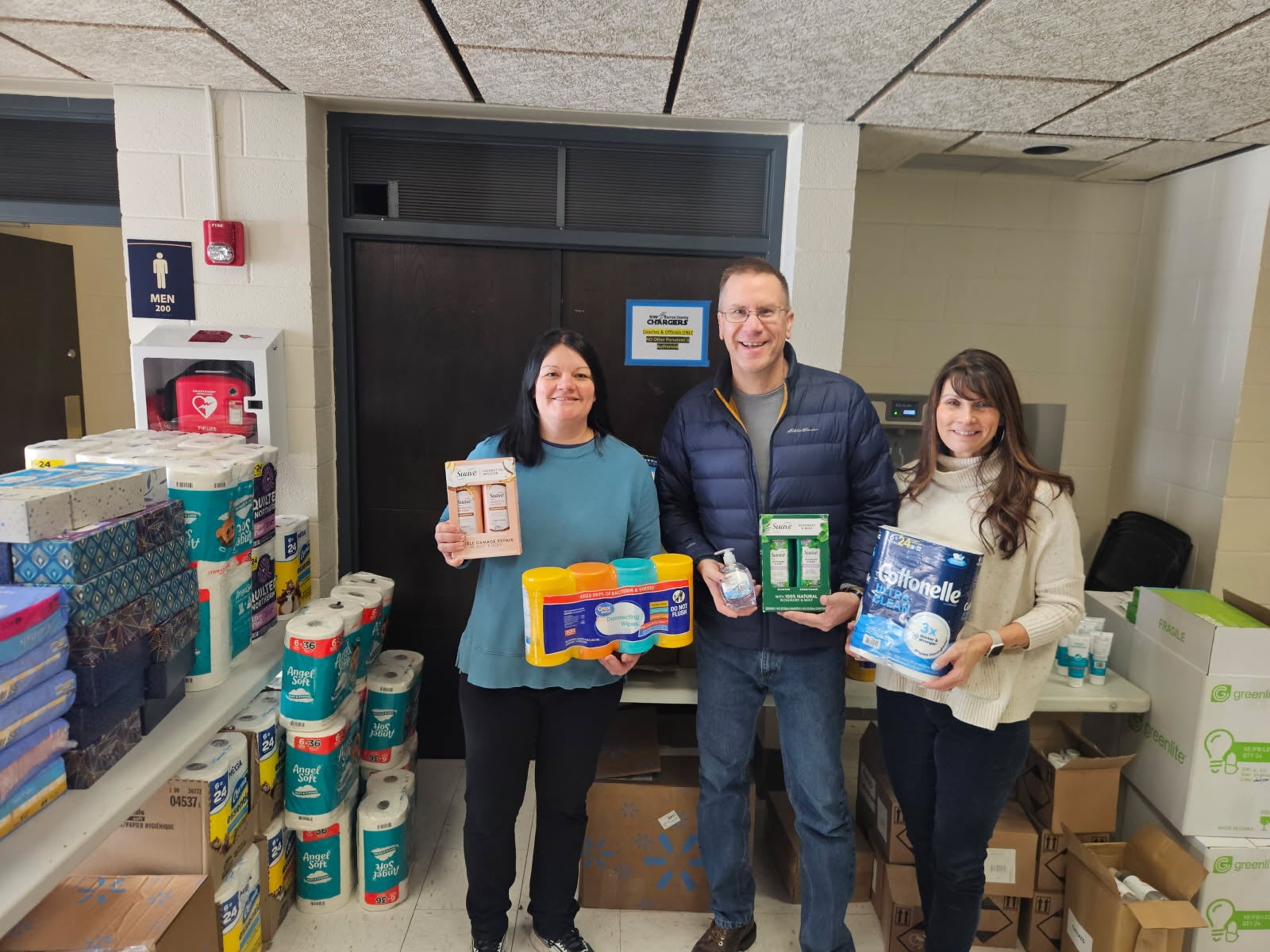More than one-third of Wisconsin households struggled to meet basic needs in 2021, even with additional federal pandemic assistance.
Now, many of those programs — like extra FoodShare benefits and the expanded Child Tax Credit — have expired. And calls to the 211 Wisconsin line inquiring about assistance with hunger, housing, substance use, transportation and education increased from 2021 to 2022.
A new report from the United Way of Wisconsin found that the share of households in the state that couldn’t afford housing, child care, food, transportation, health care and other necessities increased from 32 percent in 2019 to 34 percent in 2021.
News with a little more humanity
WPR’s “Wisconsin Today” newsletter keeps you connected to the state you love without feeling overwhelmed. No paywall. No agenda. No corporate filter.
Since then, three service organizations in northeast Wisconsin have seen increased demand for food and housing assistance.
“The pandemic support helped those households get by during that really difficult period, but it also wasn’t enough to actually change the way our systems work,” said Charlene Mouille, president of the United Way of Wisconsin. “Now, with those supports sunsetted … we are concerned about how households will manage.”
Mouille said the federal poverty level often undercounts the amount of people struggling to afford basic needs. Each year, the United Way estimates the cost of necessities and calculates how many households struggle to afford them.
Those earning more than the federal poverty level but not enough to afford necessities are described as being Asset Limited, Income Constrained, Employed — or ALICE. Total households below the ALICE Threshold include those individuals and households below the federal poverty level.
Sarah Inman, principal strategist for community investment for the Brown County United Way, said living below the ALICE Threshold causes families to feel like they’re in “survival mode.” She said those individuals often work multiple jobs to make ends meet.
That struggle often forces families to make tough choices between having food on the table or gas in the car, or whether to have health care or to have a roof over their head, Inman said.
“If you’re in that constant state of survival mode, it’s like fight or flight,” Inman said. “It impacts your physical health, your mental health, your overall well-being (and) how you interact with people.”
According to the report, households below the ALICE Threshold were less likely to have an emergency fund or to start saving for retirement.
“It’s certainly hard to put $50 a week aside, or $25 a week or $20 a week when you’re having a hard time paying for groceries for your family,” said Mouille.
The report also illustrated racial disparities among struggling households. For example, 32 percent of white households were below the ALICE Threshold compared to 64 percent of Black households, 49 percent of Native Hawaiian/Pacific Islander households and 46 percent of Hispanic households.
Inman said she attributes those disparities to systemic inequities.
“It’s hard to lift yourself up when you’re also — on top of all of the other factors that impact your family’s income and your family’s stability — combating against that historical bias as well,” she said.
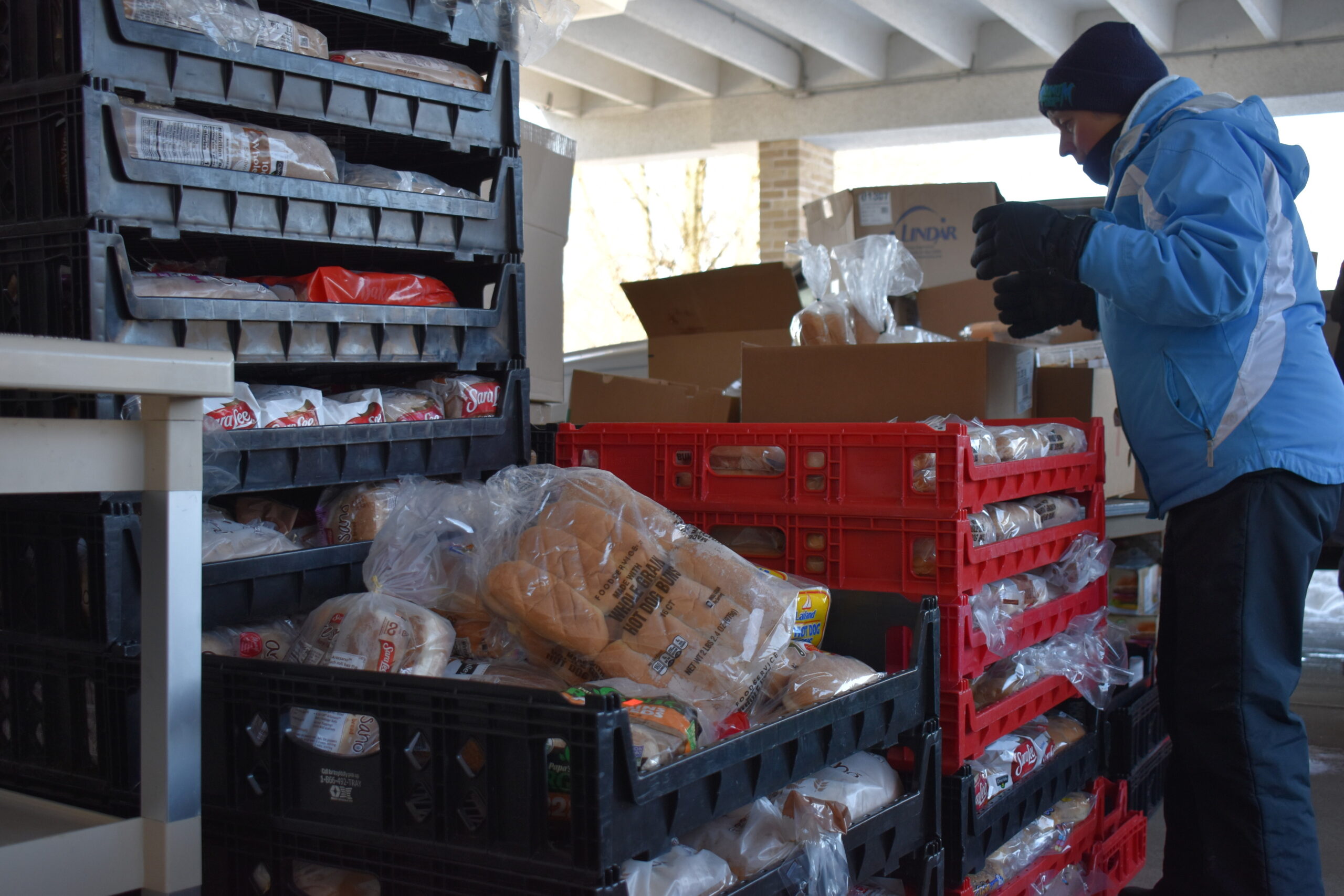
Service organizations see increased demand
While the most recent ALICE data is from 2021, the Salvation Army-Fox Cities, Salvation Army of Greater Green Bay and the Oshkosh Community Pantry have all seen demands for service increase.
Ryan Rasmussen, executive director of the Oshkosh Community Pantry, said his organization saw a 32 percent increase in pantry usage last year, along with a 112 percent increase in new families or individuals utilizing the service.
“On average, that was anywhere from about 50 to 100 new families a month that we were registering,” he said.
In the first three months of 2023, the pantry saw a 45 percent increase in usage from the same period last year and a 100 percent increase in new registrants, he said.
“We are on pace to probably distribute anywhere from about 2 to 2.5 million pounds of food this year,” he said. “That’ll be about a 500,000 to a million pound increase over 2022.”
Meanwhile, the Salvation Army-Fox Cities has seen a 20 percent increase in the number of new clients utilizing its daily meal service, according to Kristal Knudtson, the organization’s director of development and communications.
She said demand for the Salvation Army-Fox Cities’ food pantry program and housing programs have also increased.
Since extra FoodShare benefits ended in February, the Salvation Army of Greater Green Bay has also seen a spike in the number of people utilizing their meal program and pantry, said Rebecca Darrow director of social services for the organization.
“We’re seeing more of it now because of that FoodShare adjustment that just recently happened, and that’s for our pantry program,” she said of the heightened demand. “For our meal program, we started seeing the increase in 2022. However, we are even seeing that doubling now.”
Darrow said Salvation Army of Greater Green Bay has also seen demand for its housing programs increase after the Wisconsin Emergency Rental Assistance Program closed at the end of January.
Officials from those service organizations attribute the rising need to the end of pandemic-era government assistance programs and inflation — on top of “life situations,” like losing a job, going through a divorce or experiencing a mental health crisis.
“We’ve taken additional government dollars away from folks that really could have used that extra support to get through,” Rasmussen said. “Now, we recognize that we couldn’t always continue to keep funding that. But I think we could argue whether or not this was the right time to do that just based on inflation.”
People struggling to afford necessities can call 211 for help locating local resources.
Wisconsin Public Radio, © Copyright 2026, Board of Regents of the University of Wisconsin System and Wisconsin Educational Communications Board.

